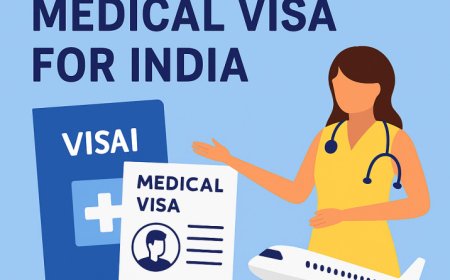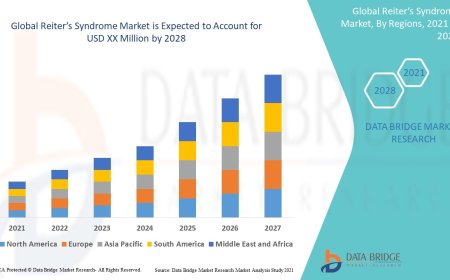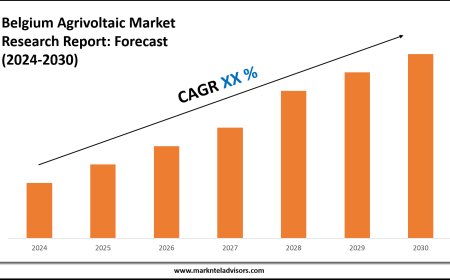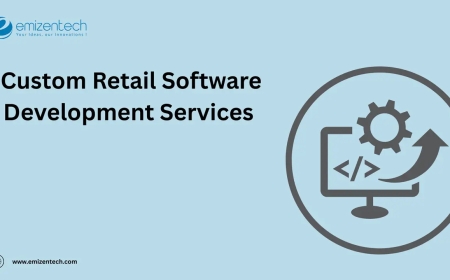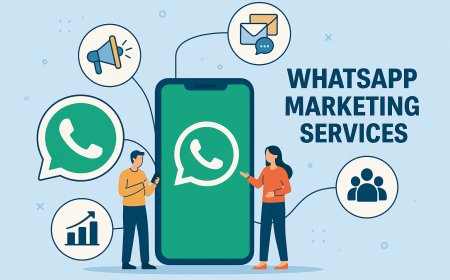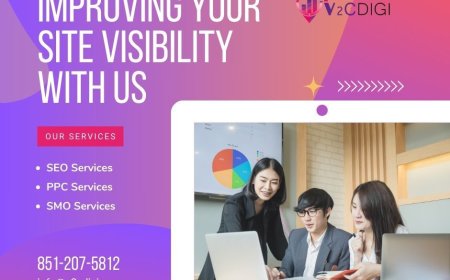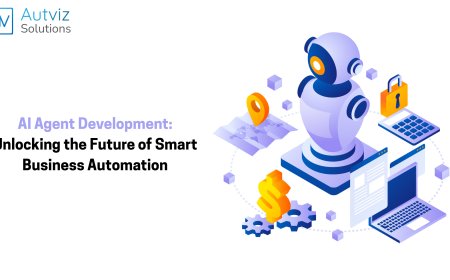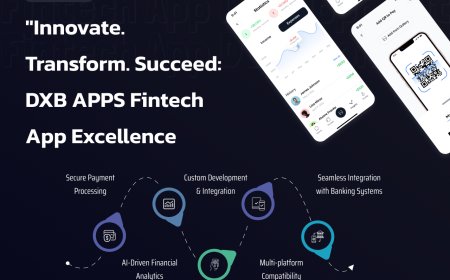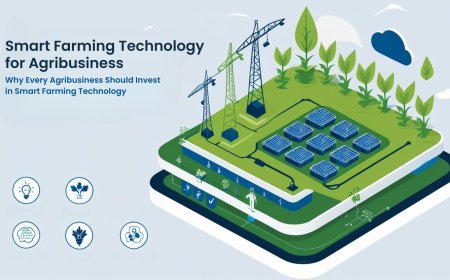Why Document Generation Is the Backbone of Effective Customer Communication Management
Discover why document generation is essential for effective customer communication management and how it transforms engagement, personalization, and compliance.

In todays digital-first world, customers expect timely, accurate, and personalized communication. Whether its an invoice, a contract, a welcome letter, or a compliance document, the ability to generate and deliver clear, consistent, and branded documents is no longer optional its a critical component of Customer Communication Management (CCM). Document generation stands at the core of this strategy, acting as the foundation upon which seamless customer experiences are built.
This blog explores why document generation is not just a tool but the backbone of effective CCM and how businesses can leverage it to enhance engagement, streamline operations, and stay compliant.
What Is Document Generation?
Document generation refers to the automated creation of business documents using predefined templates and data inputs. These documents may include anything from customer statements and invoices to policy documents and marketing letters. By connecting data sources with document templates, businesses can generate customized content in bulk or in real-time.
Modern document generation tools can handle multiple formats such as PDF, HTML, DOCX, and XML and support various channels like print, email, and web portals.
The Role of Document Generation in CCM
Customer Communication Management (CCM) is the strategy and process behind managing interactions with customers across various channels. CCM aims to improve the quality and consistency of customer touchpoints while optimizing operational efficiency.
Document generation enables CCM by:
-
Ensuring consistency and brand alignment
-
Automating repetitive and manual tasks
-
Facilitating personalization at scale
-
Improving turnaround time and responsiveness
-
Supporting multi-channel delivery
Lets take a deeper dive into each of these benefits.
1. Consistent and Branded Communication
Your brand image is reflected in every piece of communication that reaches your customer. Whether it's a policy update or a renewal notice, inconsistencies in tone, layout, or logo placement can erode trust.
Document generation tools allow companies to create standardized templates that adhere to brand guidelines. These templates ensure that every document regardless of who initiates it or where its sent from maintains a consistent look, feel, and message.
Consistency not only strengthens brand identity but also reduces errors and enhances professionalism.
2. Automation Reduces Human Error and Saves Time
Manual document creation is time-consuming and error-prone. Typing out contracts, filling out customer information by hand, or copying data between systems introduces risk and delays.
With automated document generation, companies can pull data directly from CRMs, ERPs, or customer databases and insert it into pre-approved templates in seconds. This dramatically reduces manual labor, speeds up processes, and minimizes human error.
Automation is particularly useful in high-volume industries such as insurance, finance, utilities, and healthcare, where thousands of documents are generated daily.
3. Personalization at Scale
Todays customers expect personalized experiences. Generic communications feel impersonal and are often ignored. However, manually personalizing documents for each customer is impractical.
Document generation tools solve this by allowing dynamic content text, images, offers, or legal clauses to be inserted based on customer data. This means each document can be tailored to reflect a customers preferences, location, transaction history, or language.
For example, a telecom company could send usage summaries that include custom plan recommendations based on a customers behavior. Or an insurer could generate policy documents that differ by state or risk category.
4. Faster Response Time and Improved Customer Experience
In competitive industries, speed matters. Customers dont want to wait days for a quote, a confirmation letter, or a service update. Delay can result in dissatisfaction or even customer loss.
Automated document generation empowers organizations to respond in real-time. A customer requesting a service change can receive a confirmation email within seconds, not hours. A mortgage applicant can receive pre-filled documents as soon as they qualify.
This responsiveness not only improves the customer experience but also positions the company as agile and customer-focused.
5. Multi-Channel Delivery and Format Flexibility
Modern communication is omnichannel. Customers might prefer receiving documents via email, mobile app, traditional mail, or secure web portals. Document generation platforms support multi-channel output from a single source of truth.
Moreover, documents can be rendered in multiple formats PDF for archival, HTML for digital interactivity, XML for system-to-system communication all from the same content base. This flexibility ensures that organizations can meet the varying needs of their customers and regulatory environments.
6. Ensuring Compliance and Auditability
In regulated industries, compliance is paramount. Contracts, disclosures, and policies must meet strict legal standards and audit requirements. Even small deviations in document wording or format can lead to fines or legal exposure.
Document generation systems enable organizations to embed compliance into the template itself. They also maintain version control and provide an audit trail of what was sent, when, and to whom.
This not only protects the business legally but also simplifies regulatory reporting and audits.
7. Scalability and Integration with Business Systems
Document generation software are built to scale. Whether your business needs to send 1,000 or 1 million documents per month, modern systems can handle the load without compromising speed or accuracy.
Most tools also integrate with enterprise systems such as Salesforce, SAP, Microsoft Dynamics, and others. This allows for seamless data flow and document generation as part of broader business workflows.
For instance, a contract can be automatically generated once a deal is closed in the CRM, or a delivery confirmation can be triggered by a status change in the ERP.
Final Thoughts
Document generation may not be the flashiest part of customer communication but its the engine that powers it. From ensuring compliance to enabling personalization and delivering real-time engagement, it underpins every successful CCM strategy.
Companies that invest in robust document generation tools gain a significant competitive advantage. They communicate more clearly, respond faster, reduce risk, and provide the personalized experiences todays customers demand.
In short, document generation is no longer a back-office function its a strategic enabler of modern customer relationships.







